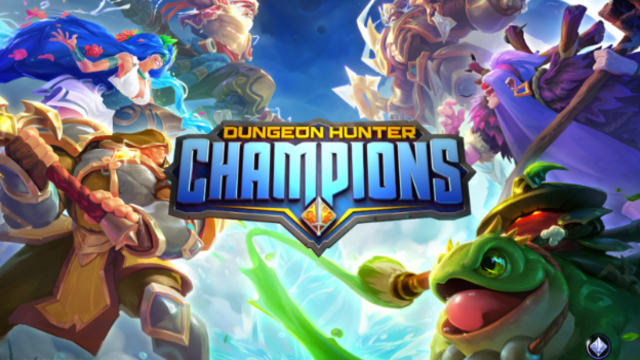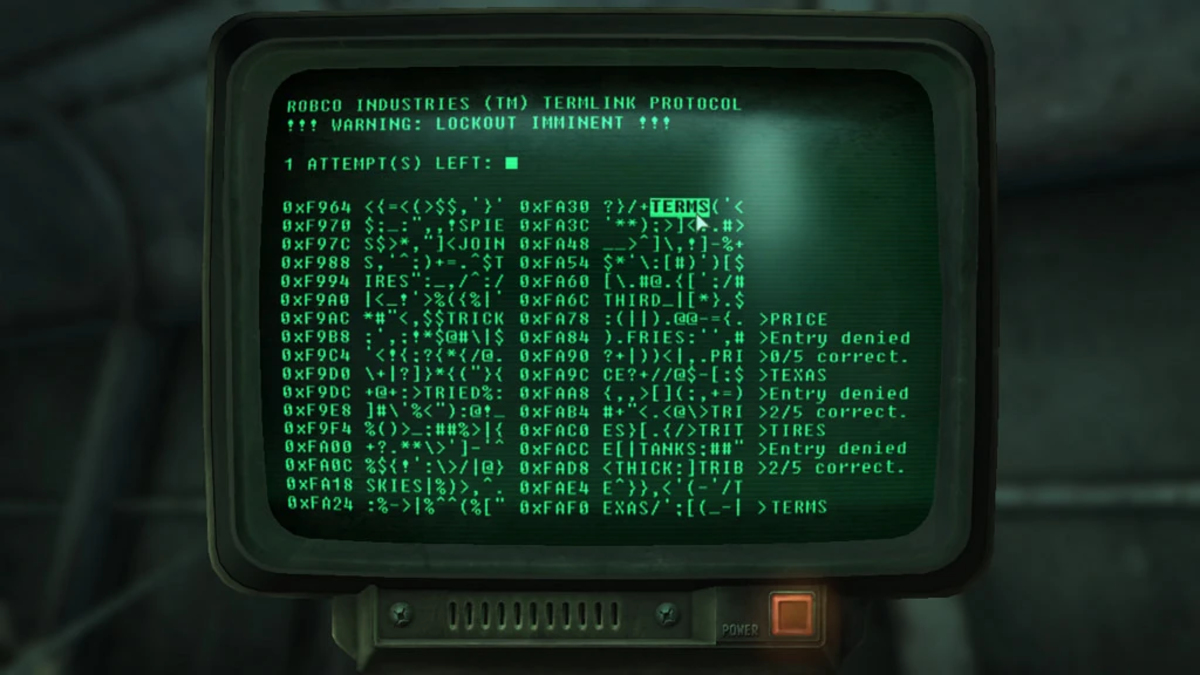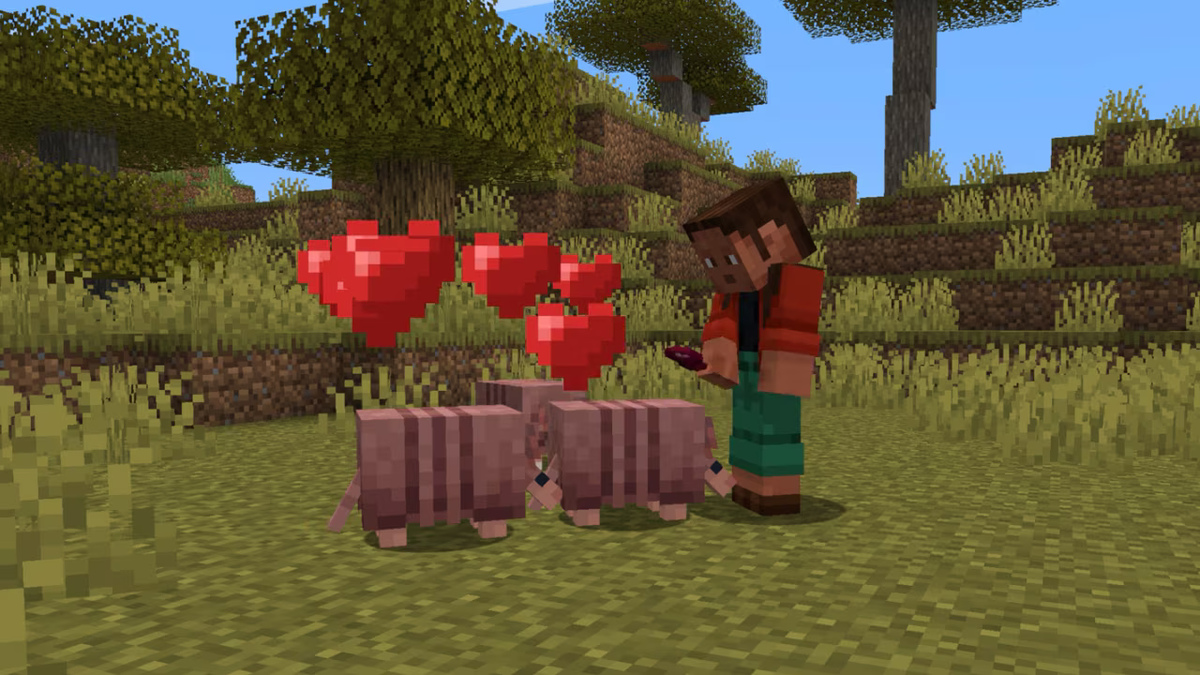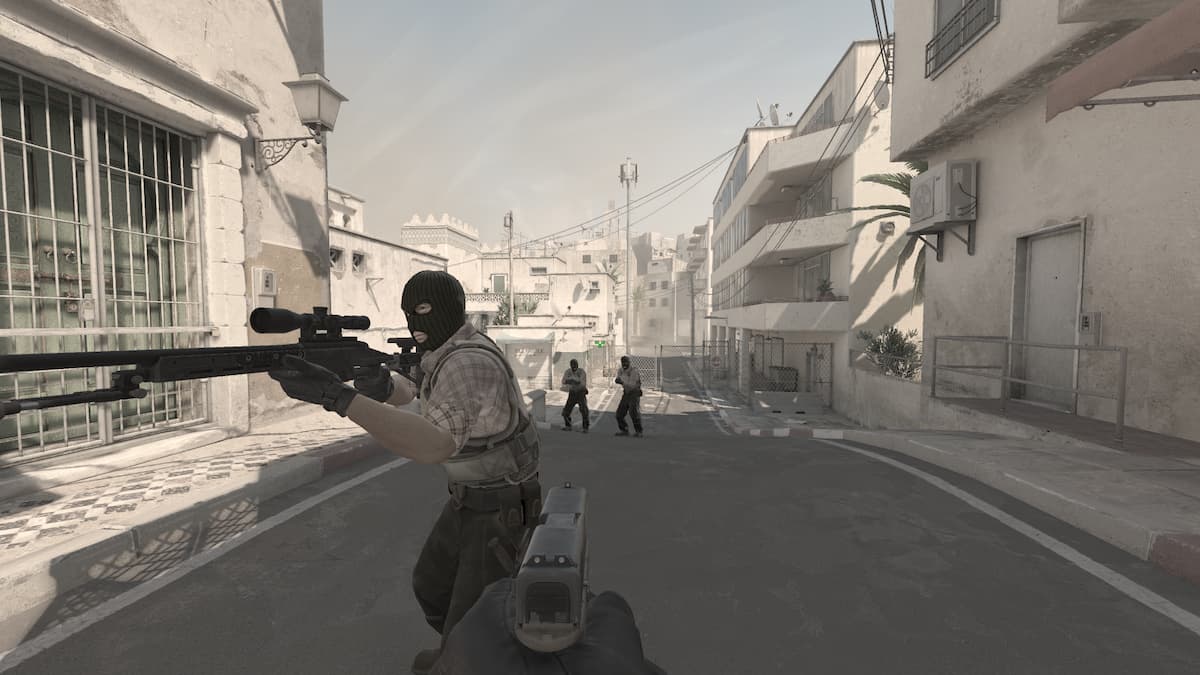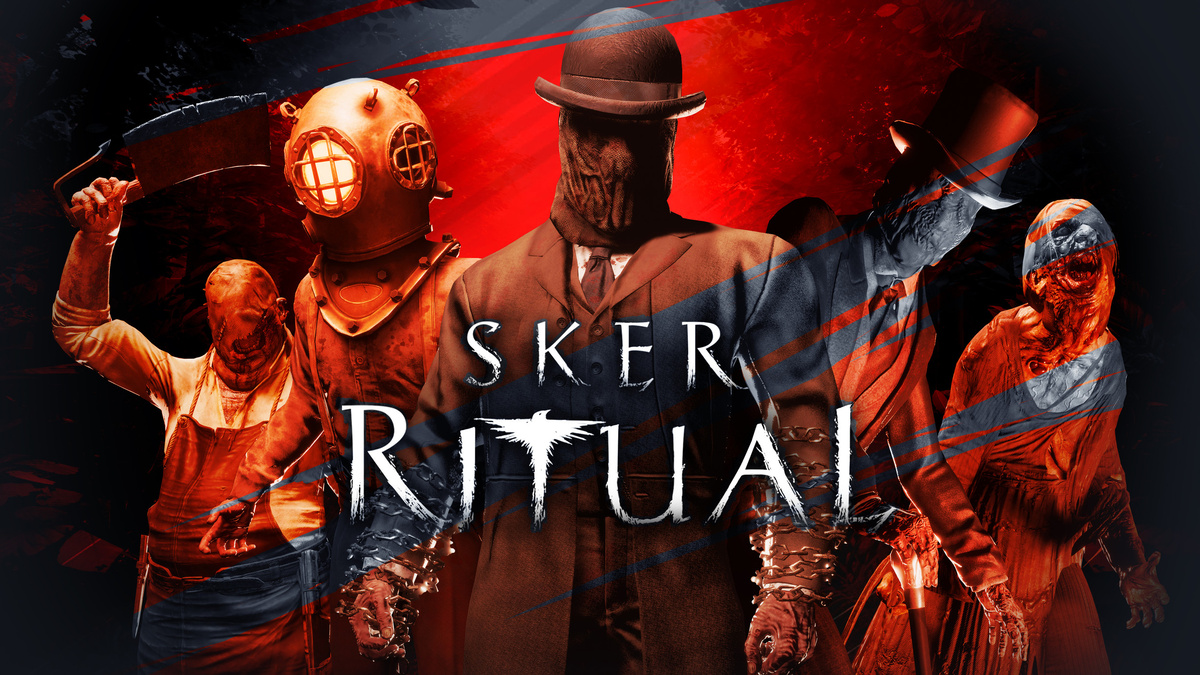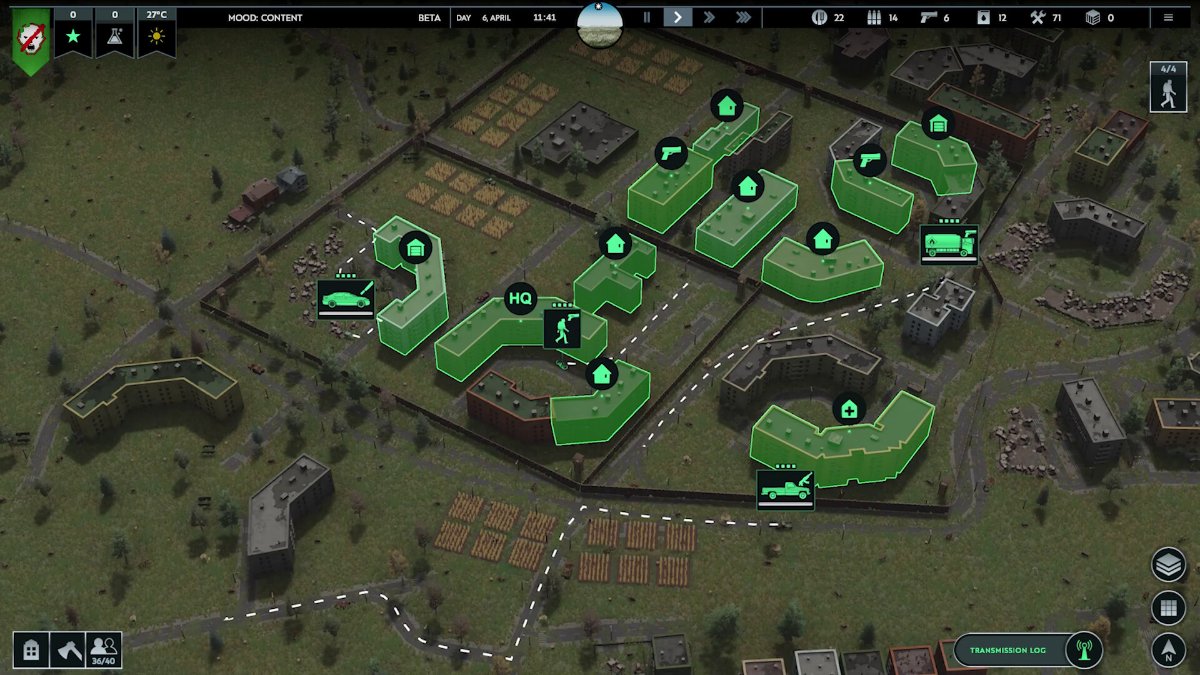Dungeon Hunter Champions is a pretty standard hero’s tale in which you, as the Invoker, have been tasked with assembling champions to fight against the Corruption, an unidentified dark magic overtaking people and creatures alike and turning them evil. And to do this, all you have to do is plow your way through monsters, fairies, golems, and more, over and over again.
The game will walk you through a mini-tutorial once you start playing, but it might leave you with some questions. So let’s start this guide to Dungeon Hunter Champions with the basics!
Dungeon Hunter Champions Controls & Gameplay
The controls for Dungeon Hunter Champions are pretty straightforward. Players can move their champions by using the circular navigation bar on the bottom-left of the screen and can attack by clicking on one of the four skill circles on the right (some characters have five). Each champion will normally have one base skill and 3 specialized skills with cooldowns. While it’s only possible to control one character at a time, it is possible to switch between champions mid-battle. Or, if you’re unsure about what to do or are just looking to grind through levels, you can set your party to autoplay and intervene when necessary.
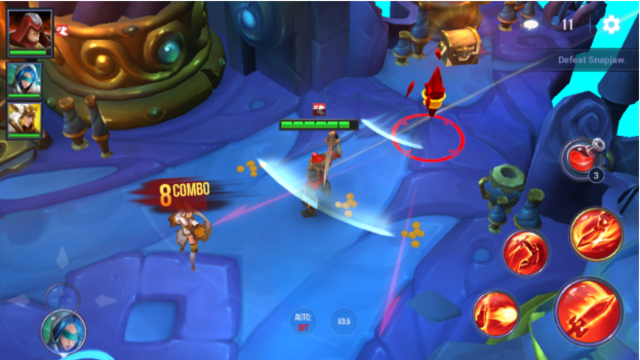
However, during higher levels and boss fights, autoplay likely won’t do the trick. And for those extra difficult battles, Dungeon Hunter Champions has a nifty slow-down mode where both your party and any mobs or bosses are brought down to half-speed so you can take some extra time to strategize your attacks — which is great for those who are prone to panicked button smashing, like me.
Most mobs and bosses also have red lines indicating where their attacks will hit, so make sure you’re watching the ground to get out of the way. They also tend to follow set patterns, especially bosses, so if you’re struggling to defeat one, just play through it a few times until you learn their moves.
It’s also important to note when and how often you’re using your champions’ cooldown skills. While in the beginning it doesn’t matter quite as much if you’re spamming specialized attacks, you may regret having everything on cooldown when you run into a boss. So be careful about not having all your specialized skills on cooldown all at once.
If you have popped all of your CDs though and are taking damage, there are potion and health packs scattered throughout each scenario to help you out!
To PVE or PVP?
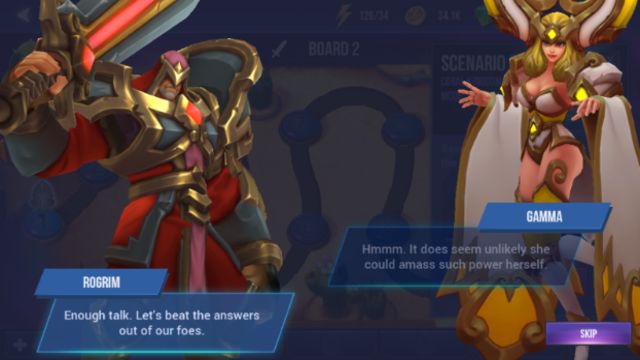
There are two main types of gameplay in Dungeon Hunter Champions — Adventure (PVE) and Battlefields (PVP). Adventure (PVE) has a story that progresses as you move through all 7 boards (or worlds) and defeat bosses — each board has 11 scenarios, some of which are just treasure chests, and a final boss. Each new scenario also contains a chunk of the story told through champion and villain discussions (as well as consistent fourth wall breaking). Though the conversation interludes can be pretty entertaining, you do have the option to skip them and the storyline completely if you’re just looking to get to the action.
As you push through each scenario, you will be rewarded with gear, gems, gold, and more. You can also repeat scenarios to farm rewards or get more experience before moving on. And if that’s not enough, you can double your rewards by watching ads after each scenario is completed (you can turn this pop-up off for an hour and a half at a time).
While board progression is big, especially as a beginner, it isn’t the only part of Adventure (PVE) mode. As you complete boards and level up, you’ll be able to unlock the Boss Raid mode, where you can get rarer awards, as well as the Ultimate Blitz Mode, Events, and Co-Op play.
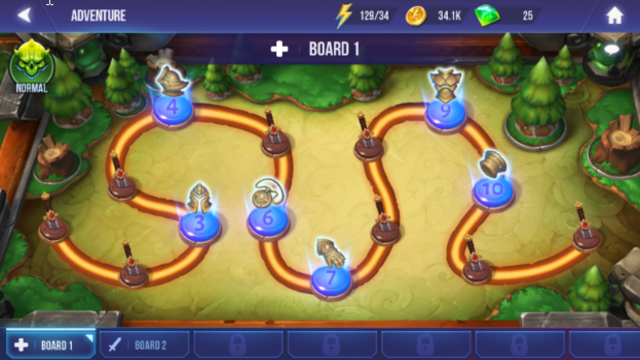
After defeating the final boss on Board 1, Battlefields (PVP) mode unlocks with Arena. However, don’t expect Dungeon Hunter Champions to be quite the full-on MOBA experience when it comes to PVP. In arena battles, you aren’t actually playing against another player and their team of 5 — instead, you’re playing against a bot that is controlling another player’s team.
For the real PVP experience, you will want to try 5v5, where you play as ONE of your characters, along with 4 other players, in matches ranging between 8-20 minutes. This mode offers towers, jungle monsters, and more to work against. However, it doesn’t offer any items, like most of the PVE mode does. So you may want to stick with PVE for a while until your champions are geared up.
Which brings us to the most important part of Dungeon Hunter Champions.
The Champions
They say a true champion will fight through anything ….
And in Dungeon Hunter Champions, there are 250-275 of them willing to do it. Like the name insinuates, the champions are the most important part of Dungeon Hunter Champions — which ones you get, how you level them, and who you put in your party makes all the difference in trying to get through each board, battleground, and boss fight.
As a beginner, you will start with the first champion, Fire Bounty Hunter, Rogrim. He’s a tank character that will help you burn through the first board with his high health, hard hits, and defense-up skill. You will also pick up a Water Boon Sister, Celestine, on the first board. This will be your main healer for pretty much the entirety of the first board until you can unlock more team members and summon new champions.
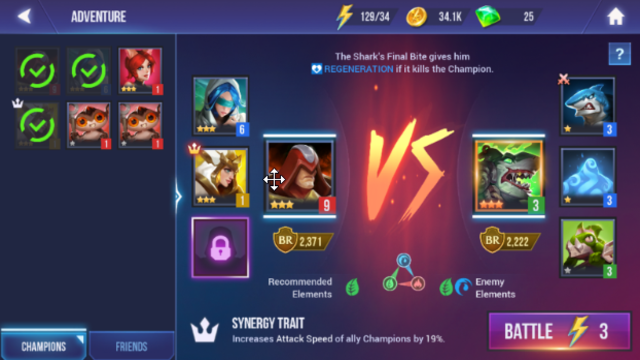
Once you are able to start summoning champions, there are a couple of things you should take note of — the first of which is their elemental attributes. There are five elements in the game, including:
- Fire (Red)
- Water (Blue)
- Nature (Green)
- Dark (Black)
- Light (Gold)
And like any other elemental strategy game, they all have their strengths and weaknesses, depending on what they’re matched against. In Dungeon Hunter Champions it goes as follows:
- Water is best against Fire
- Fire is best against Nature
- Nature is best against Water
- Dark and Light are on equal footing
Outside of their elemental traits, each champion also has a star rank between 1 and 6, with 1 being the lowest and 6 being the highest. The stars are important because they indicate how high the level cap is for that champion. For example, if you have a 1-star champion, the highest level they can train to is 10. With a 6-star champion, though, they can train to level 60.
Don’t worry if you feel like you’re getting stuck with a lot of 1-2 star champions in the beginning. It’ll change. And, if you end up falling in love with a 1-2 star champion, you can “train” them by sacrificing or “feeding” other champions of the same star rating. This will give the chosen character an extra star, while dropping them back down to level 1. You can also use this method to help level up your main champions. Just be sure before clicking “train” in the character tab, because there’s no undo button.
Summoning New Champions
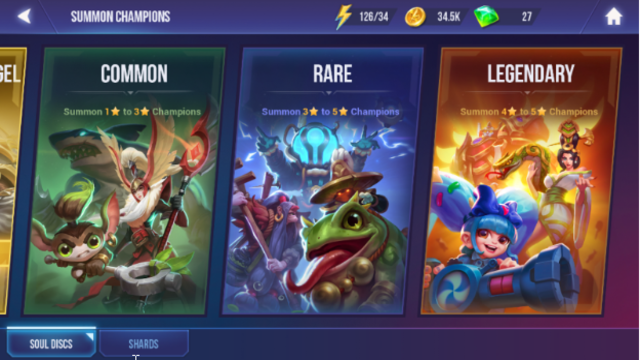
So how can you get new champions? Sometimes you’ll acquire new champions as you move through the boards. However, most of the time, you’ll have to “summon” them. To do this, go to the Summon button on the home screen, and click on one of the 3 listed options – Common (1-3 star), Rare (3-5 star), and Legendary (5 star). While Legendary obviously has the best champions, you will likely find yourself pulling champions from Common Summons more than anything else as a beginner.
When summoning a champion, you will also need specific items called discs, along with gold or gems. For Common Summons, it’s a Common Disc, for Rare Summons, it’s a Rare Disc, and for Legendary Summons, you guessed it, it’s a Legendary Disc.
You can get these discs through normal board progression, boss fights, and other PVE modes.
If you have your heart set on a specific champion, try checking the champions tab. In there you can find the Collection Option on the bottom-right side. This will allow you to sort through champions by star rank and elemental trait, it also gives you their location so you can farm for them!
Finding the Right Team Comp
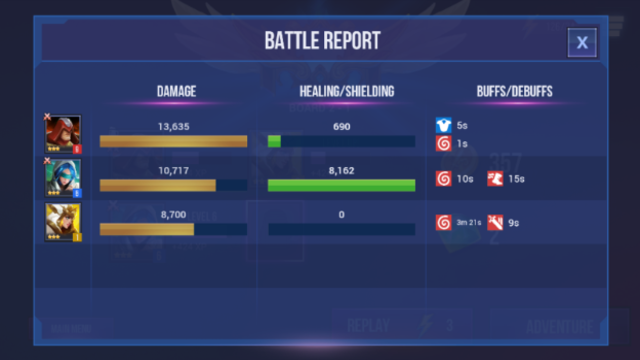
So now that you’ve got a roster, it’s time to build out your battle-hardened crew. Like any other MOBA or dungeon crawler, team composition in Dungeon Hunter Champions is very important. In the beginning, you will be stuck as a 2-3 man group until you pass Board 1. Then you’ll build up to a 4-man team before ending up with 5.
With this in mind, it’s best to keep to the basics — tank, healer, DPS. One of each is pretty mandatory, but the rest is up to you. Since each champion comes equipped with their own unique skills and a set elemental trait, your party composition may vary depending on the boss fight, board you’re working through (final bosses tend to have their own elements), or simply your own play style.
Once you’ve gotten a few more champions on your side outside of the starter Bounty Hunter and Boon Sister, you can REALLY start looking at team composition. Because while it’s up to you as to how you want to build your team, there are definitely some standout champions that are preferred community-wide. These champions can also be some of the best for beginners looking to push towards end-game.
- Light Boon Sister, Xenia (Support/Healer)
- Crystal Water Priest, Zircon (Support/Healer)
- Nature Valkyrie, Rota (Support/Healer)
- Nature Grublin Shaman, Mojo (Support)
- Nature Candy Munchkin, Peppermint Fighter)
- Nature Candy Crow Hag, Vorona (Fighter)
- Water Spearman, Fen Xian (Fighter)
If you’re having a hard time choosing between characters, take a close look at what all of their skills do, and weigh them against each other in overall team comp. A great way to help with this is by checking the Battle Report after each scenario or match. These will show you how each champion performed and whether or not they’re working well together.
Overall, though, your tanks should have some type of defensive move — like the Fire Bounty Hunter Rogrim’s EPIC LEAP, which raises his defense. Your Fighters should be able to hit hard, and your support characters, like your healers, should be able to not only buff the other champions in your party but also debuff mobs and bosses.
When considering debuffs, one of the best skills to get as a beginner is “disorient.” This skill disrupts boss or mob attacks and can be found on a variety of champions, like the Nature Grublin Shaman, Mojo. It’s also a skill that should continue to be useful as you progress towards end game!
As for buffs, the first thing you may want to look for is something that decreases the party’s cooldown timers or increases the party’s attack speed with haste.
There are also passive skills, like the Water Spearman, Fen Xian’s Synergy Trait, that increases the attack power of ally champions by 25%. So as you level your champions, make sure to look out for any Synergy Traits that might benefit your team.
To check out each of your champions skills, go to their separate character tabs — Dungeon Hunter Champions does a pretty great job in explaining each.
You can also level up the skill of a champion by training them with a small fluffy-ball tutor called a fuzzlepuff — you get these through using battle points from PVP.
Now that you have a team focus, it’s time to think about gear.
Gearing Up for Success
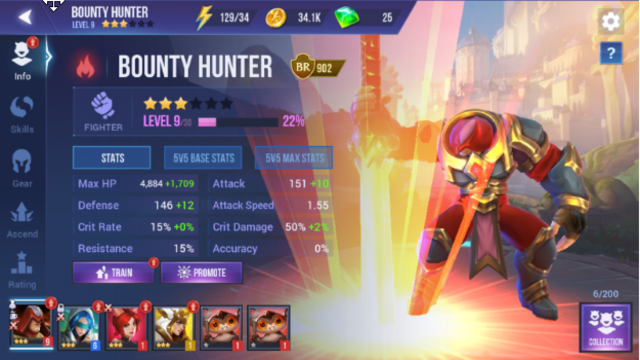
Getting new gear in Dungeon Hunter Champions is pretty simple, especially in the beginning; all you have to do is complete scenarios. Each board is themed around a different gear set, and as you progress through, you will have different pieces drop, along with gems and gold.
All of the gear in Dungeon Hunter Champions is star-ranked, similar to the champions and separated by rarity.
- White = Common
- Green = Uncommon
- Mint = Rare
- Purple = Epic
- Orange = Legendary
All gear can be upgraded through spending gold, which, while great at lower levels as it’s relatively cheap, can become more difficult and costly as you level. You should also note that any gear you level on one character will lose its level if you transfer it to someone else.
When you first start, completing gear sets should be your main priority. You’ll also want to work on stacking HP gear or Vital pieces (the first of which you can find on Board 1). These are especially important on your support champions as you’ll be in a bit of trouble if they go down mid-fight. Outside of Vital gear, try looking for accuracy and crit stats.
Equipping champions with gear sets you get through Board completion can also give you Active Set Bonuses. For example, 2 pieces of Vital gear can give your champion +15% Max HP.
As you complete boards and level up, you can get even higher-level gear (Epic and Legendary) through Boss Raids!
So You’ve Got the Hang of It. Now What? Find your Farmer.
Once you’ve got the main parts of the game down, you’ll want to start really focusing on leveling up and gearing out your champions. This is where a “farmer” champion comes in. Typically, these “farmer” champions are a tank or fighter that can carry lower-level champions — Water Spearman, Fen Xian is a great (and popular) example of this. The “farmer” will run low-level “food” champions through boards over and over to level them up before they’re sacrificed to level the champions in your main roster.
As you get to later boards in the game, farming earlier boards will become incredibly important. It’s nearly impossible to complete every board without leveling up and gearing out all your champions. So get to grinding!
Still unsure? Here are some other quick tips to keep in mind:
- You can check the Guide Tab under Missions for some in-depth information on how the game works.
- Check Missions, Daily Quests, and Achievements every day for rewards.
- There are guilds in-game that you can join or start. However, beware that currently there are no restrictions on joining guilds, which means you can join whichever one you want, and you can’t prevent anyone from joining yours.
- The Crystal Water Priest is considered one of the best healers in the game at present, but he starts as a level 2 – DON’T eat him! To acquire him, try frequently checking the Black Market or start farming for him on Board 3)
—
Let us know if you have any additional tips or tricks for beginners in Dungeon Hunter Champions, and as always, stick with GameSkinny for all your gaming news, tips, and guides!

